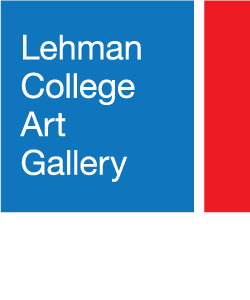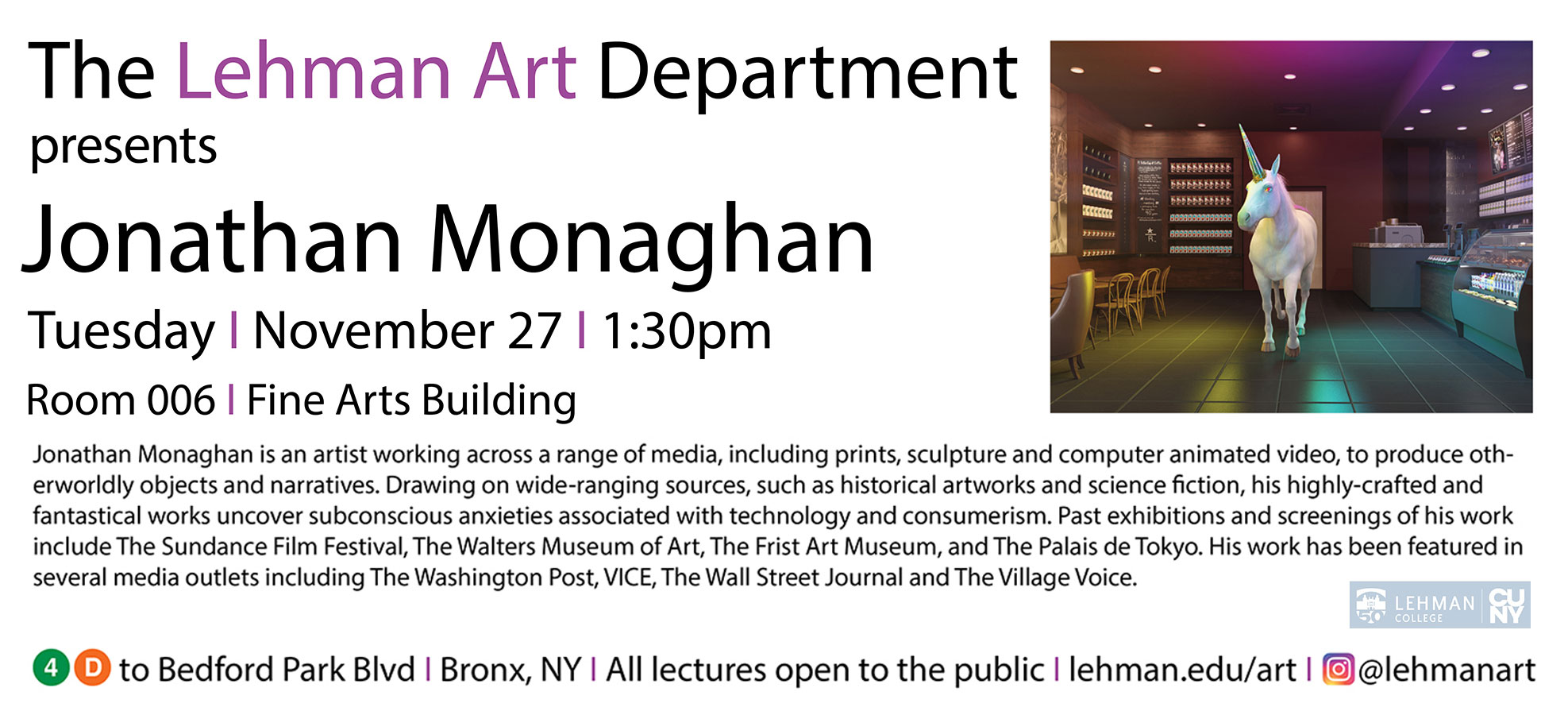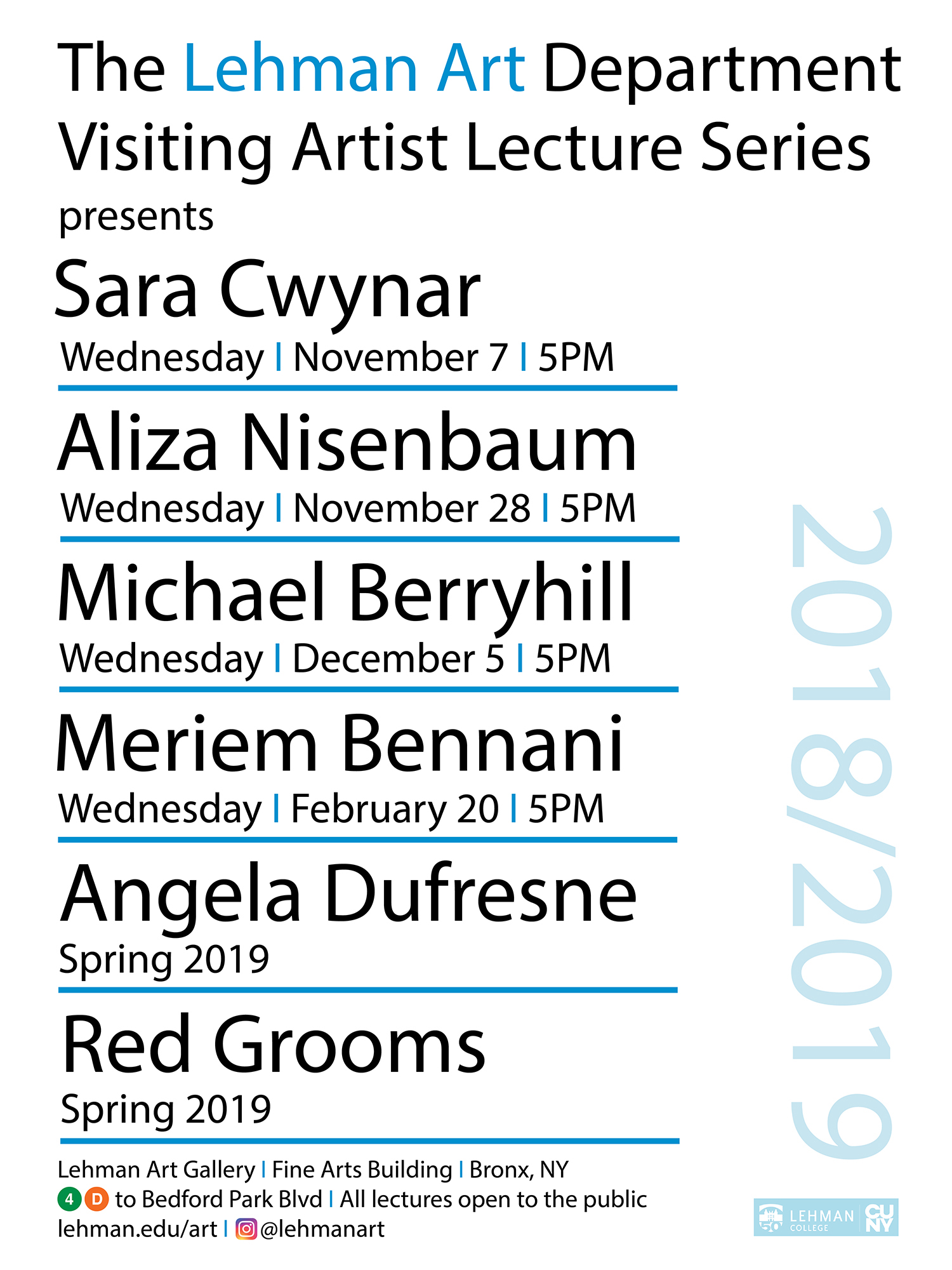Tatyana Nazarenko: Transition
A group of tattoed adolescents in denim and leather sits beneath a painting — in the painting a well-groomed museum audience is discussing a Renaissance painting of the Crucifixion. Weary pedestrians making their rounds, pause in front of elegantly attired department store mannequins. An elderly woman stands between four large soldiers in front of the Museum of the Revolution. Groups of people plead for food and offer to barter whatever they can for dollars. In each work by Tatyana Nazarenko, there is a sense of the familiar. These are scenes of contemporary Russia. Yet with each vignette there is a twist and a turn. The works are studies in contrast. Tatyana Nazarenko is a figurative painter who depicts ordinary people in public places. The ipassive faces of her subjects are not those of heroes but are scenes drawn from real life.
Tatyana Nazarenko was accepted into the Union of Artists of the USSR in 1969 — an organization known for its rigid insistence on Social Realism which shaped artists’ style and content. More recently, during detante, modernism gradually, once again, became a possible source for artists. Nazarenko’s work shoes evidence of both eras. She is a realist depicting Russian life in tableaus which allegorically weave a more critical narrative — a familiar strategy of artists working under an imposed aesthetic. Nazarenko’s work pushes beyond description to explore the paradoxes of contemporary life. She resides in Moscow.
We are pleased to present the work of Tatyana Nazarenko and would like to thank guest curator Alexandre Gertsman for organizing this exhibition. Gertsman and the SAUPRA Foundation have provided an invaluable service in terms of bringing artists from the former Soviet Union, both emigre and those still living in Russia to the American public.


